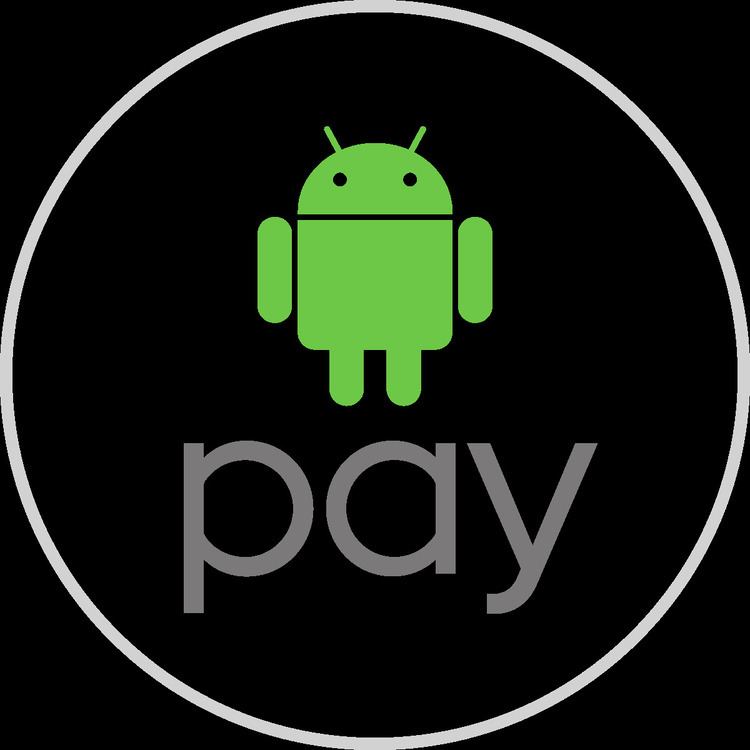Original author(s) Platform Android | Developer(s) Google License Proprietary | |
 | ||
Initial release September 11, 2015; 17 months ago (2015-09-11) Operating system | ||
Android Pay is a digital wallet platform developed by Google to power in-app and tap-to-pay purchases on mobile devices, enabling users to make payments with Android phones, tablets or watches. Android Pay uses near field communication (NFC) to transmit card information facilitating funds transfer to the retailer. It replaces the credit or debit card chip and PIN or magnetic stripe transaction at point-of-sale terminals by allowing the user to upload these in the Android Pay wallet. It is similar to contactless payments already used in many countries, with the addition of two-factor authentication. The service lets Android devices wirelessly communicate with point of sale systems using a near field communication (NFC) antenna, Host-based card emulation (HCE), and Android's security.
Android Pay takes advantage of physical security such as fingerprint ID where available. On devices without fingerprint ID, Android Pay is activated with a passcode. When the user makes a payment to a merchant, Android Pay does not send the credit or debit card number with the payment. Instead it generates a virtual account number representing the user's account information. This service keeps customer payment information private, sending a one-time security code instead of the card or user details.
Users can add payment cards to the service by taking a photo of the card, or by entering the card information manually. To pay at points of sale, users hold their authenticated device to the point of sale system. The service has smart-authentication, allowing the system to detect when the device is considered secure (for instance if unlocked in the last 5-minutes) and challenge if necessary for unlock information. Spring CEO Alan Tisch said Android Pay improves Mobile shopping business by supporting a "buy button" powered by Android Pay integrated within vendor's creative design.
History
Android Pay was released at Google I/O 2015. Android Pay is a successor to and builds on the base established by Google Wallet which was released in 2011. It also uses technology from the carrier-backed Softcard—Google had acquired its intellectual property in February 2015. At launch, the service was compatible with 70% of Android devices, and was accepted at over 700,000 merchants. Google Wallet still powers web-based Play Store purchases and some app-based peer-to-peer payments, for instance in Gmail.
As of 2016, it is currently available in the United States, UK, Ireland, Poland, Singapore, Australia, Hong Kong, Japan and New Zealand. Upon its UK launch Android Pay supported MasterCard and Visa credit and debit cards from many of the UK’s major financial institutions — including Bank of Scotland, First Direct, Halifax, HSBC, Lloyds Bank, M&S Bank, MBNA and Nationwide Building Society — "with new banks being added all the time" according to Google. Natwest, RBS and Ulster Bank will launch on September 14. On September 8, 2016 it was reported that UK banks TSB and Santander will participate "over the coming weeks". Android Pay was launched in Singapore on 28 June 2016, and in Australia on 14 July 2016. Android Pay launched in the Republic of Ireland on December 7, 2016 and is initially available to customers of AIB and KBC. The service works with both credit and debit cards.
In 2016, Google began a public trial in Silicon Valley of a related mobile app called Hands Free. In this system, the customer does not need to present a phone or card. Instead, a customer announces they wish to "pay with Google" and give their initials to the cashier, who verifies their identity with a photo previously uploaded to the system. The customer's phone will only authorize payment if its geographic location system indicates it is near a participating store.
